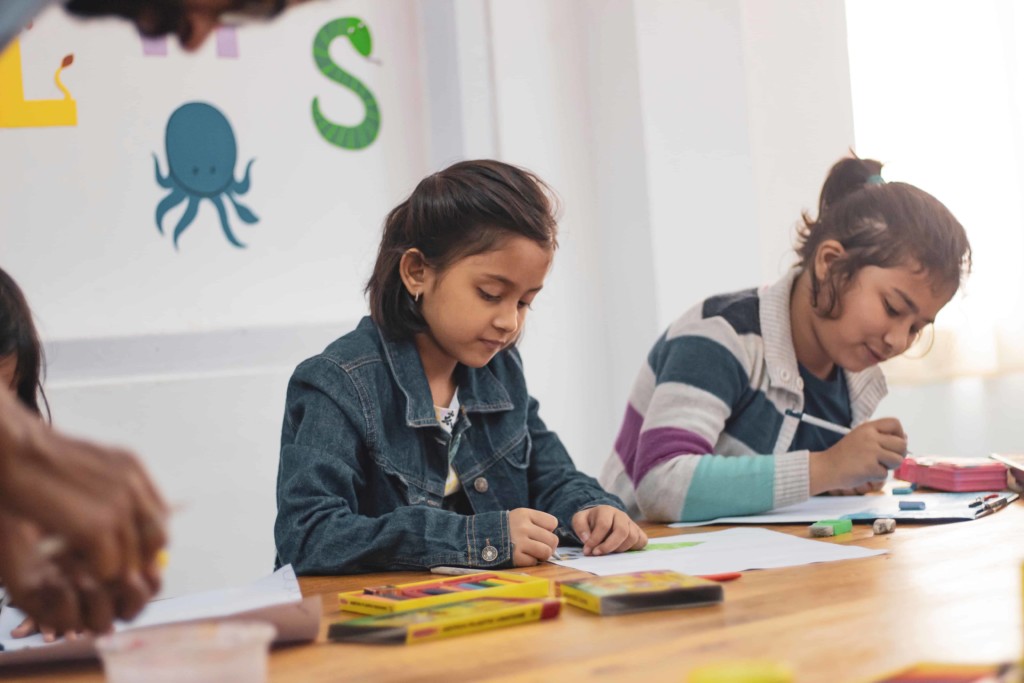21st Century Education Student Bill of Rights

My pedagogy has always been based on a constant effort to look at every educational experience through a student’s perspective. It could stem from my early background as a media professional or from my lifetime interest in advocating for young people. Or maybe I always reflect on my education and imagine how great it could have been if I were ever asked how it could be better. I think far too often educators have not looked at things in terms of student impact or perspective when implementing lessons, activities, programs or even pedagogy.
And now at a time when the world of work and education are changing so dramatically, I am forced once again to ask what are we doing in our educational system designs to account for student perspective, interest, voice, choice, and impact?
Essentially, can things as crucial as educational technology, web access, use of social media, real college and career opportunities, mentoring and job shadowing be considered optional or left to the whims of particular school boards, administrators, teachers or other educational entities?
I will respond with a profound “NO.” I think that all students should have access to real-world tools and resources, technology and professional applications for their education, choice and voice in their academic program, and opportunities to provide constructive feedback to their educational leaders and mentors. In other words, these should be non-negotiable. And if they are truly non-negotiable, I believe they have become inalienable student rights.
That’s right. These are now student rights issues. If we believe that all students have the right to a free K-12 public education, what does that mean and how does it look? Again, school boards, administrators, leaders, teachers, and others should not be able to opt out of things that can easily be identified as educational rights.
No one would argue against the fact that all students should have access to things like transportation, seats and co-curricular programs. Then why is it acceptable for a student at one school to be using 21st century tools while another student down the road (literally in most cases) is using outdated 20th century resources? It’s not acceptable—it’s an equity and equal rights issue.
Part of the challenge is having all stakeholders agree on what is essential, what are inherent educational rights, and what is pedagogy vs. what is mandatory.
But could we not look at the world of work and agree that certain tools, resources and technologies are not optional in that setting? Do we see companies and/or government agencies opt out of technology, social media, the internet and more?
One would be hard-pressed to find that somewhere. We can look outside schools and see what are the essentials necessary to be a working, functional and literate member of our society.
If we look at the internet, technology and social media as literacy foundations—which I think we can easily demonstrate—do they not become essential and therefore rights for all?
I was very fortunate to help create a 21st century high school that opened up with, among other things, a Student Bill of Rights. And in addition to things such as one-to-one student laptops, we added foundational elements such as quarterly student surveys about how to improve their educational experiences.
It seems that if we truly want to transform education for all students we will have to approach the challenge from a student educational rights platform.
I would love to think that all school boards, administrators, teachers, educators, politicians and community leaders would get on the same bus and do what’s right for kids. But sadly, that probably won’t happen.
We’re going to have to mandate what’s right and be able to guarantee that every student in America has access to a 21st-century education. We have to move toward this non-negotiable path to move our educational system forward.
Here is my proposed 21st Century Education Bill of Rights for all K-12 students in our country:
- All students need to have access to professional mobile devices and diverse digital curriculum as the foundation of their academic work throughout the school day. Students cannot be taught with packets, worksheets or single-source textbooks.
- All students will develop and share an ongoing digital portfolio of their best work at school.
- All students will have access to place-based learning experiences related to their career, academic and social-emotional development through work-based learning, service-based learning and more.
- All students will have regular access to campus and off-campus personal and professional mentors in addition to their teachers and school counselors.
- All students will have some choice in how they meet various academic standards with respect to reading materials, presentation options, technology, research topics, courses and more.
- All students will have a personalized learning plan developed collaboratively with the student, their parents or guardians, their teachers and other school personnel.
- All students will have the opportunity to provide professional and constructive feedback to their teachers and site leaders about their learning experiences at least once per academic year.
- All students will have access to complete online courses that could be used in a supplementary fashion or in their entirety to meet educational requirements.
- All students will have access to industry-standard professional equipment, resources, and technology relevant to their specific academic subject area.
- All students will have the ongoing opportunity in all grade levels and courses to use inquiry-based pedagogies such as project-based learning, challenge-based learning, strength-based learning, problem-based learning and design thinking.
This could be considered a rough draft from a constitutional convention. Naturally, I would like it to be ratified by student representatives from all 50 states. Maybe students from each state need help from their respective state legislators to draft them and get them approved. Just like our Constitution, it could be amended, updated or enhanced as needed.
For more, see:
- 11 Rights All Students Should Have
- The Student Bill of Rights: Add Your Amendment
- High School Students Bill of Rights
Stay in-the-know with innovations in learning by signing up for the weekly Smart Update.








0 Comments
Leave a Comment
Your email address will not be published. All fields are required.